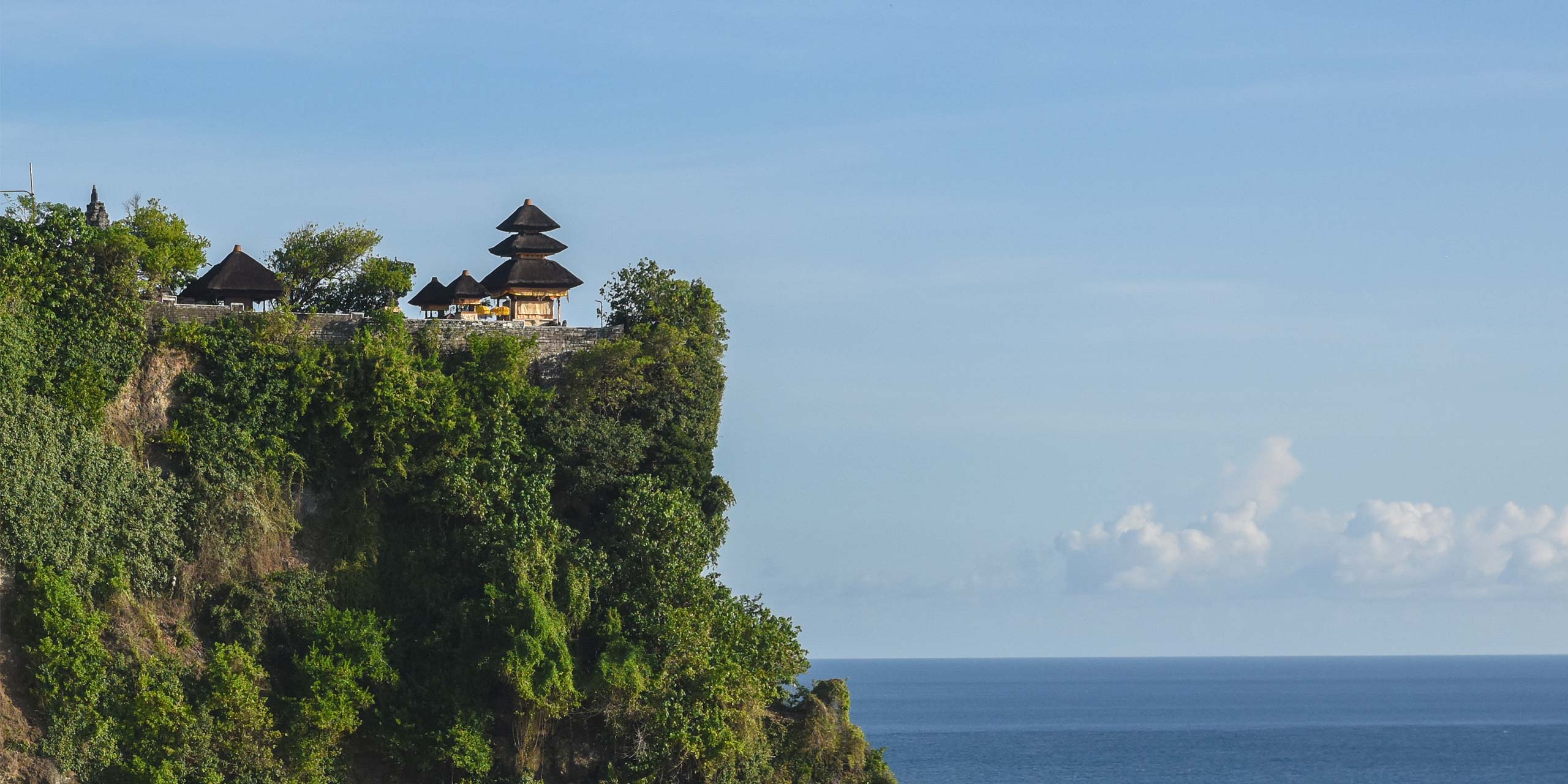
Known as the “Island of the Gods”, Bali has over 10,000 temples, scattered through its valleys, peaks, jungles and coastline. Some Hindu houses of worship are especially picturesque, due to their remarkable settings or splendid architecture. Here are five of the most visually arresting temples on this Indonesian island.
Uluwatu Temple
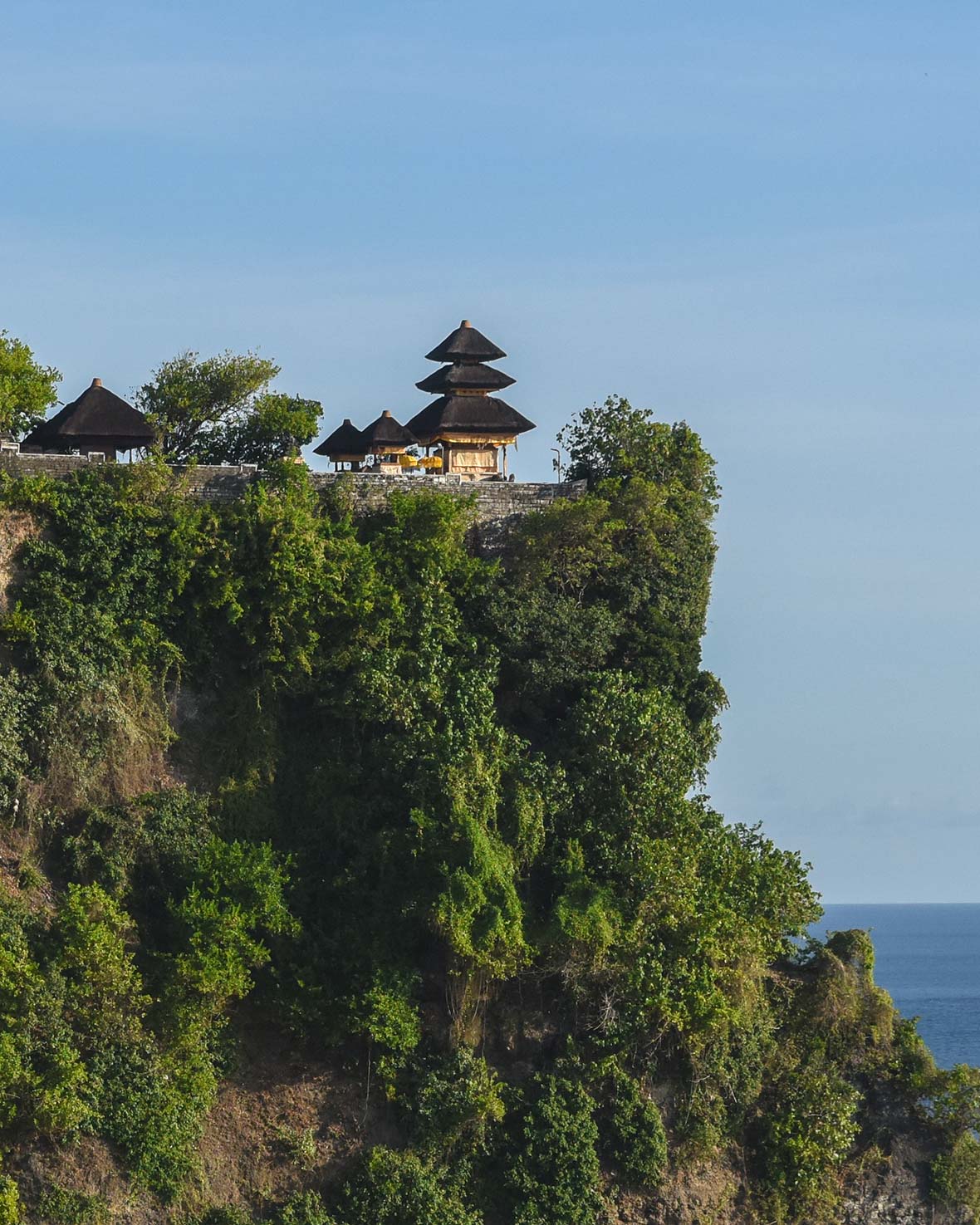
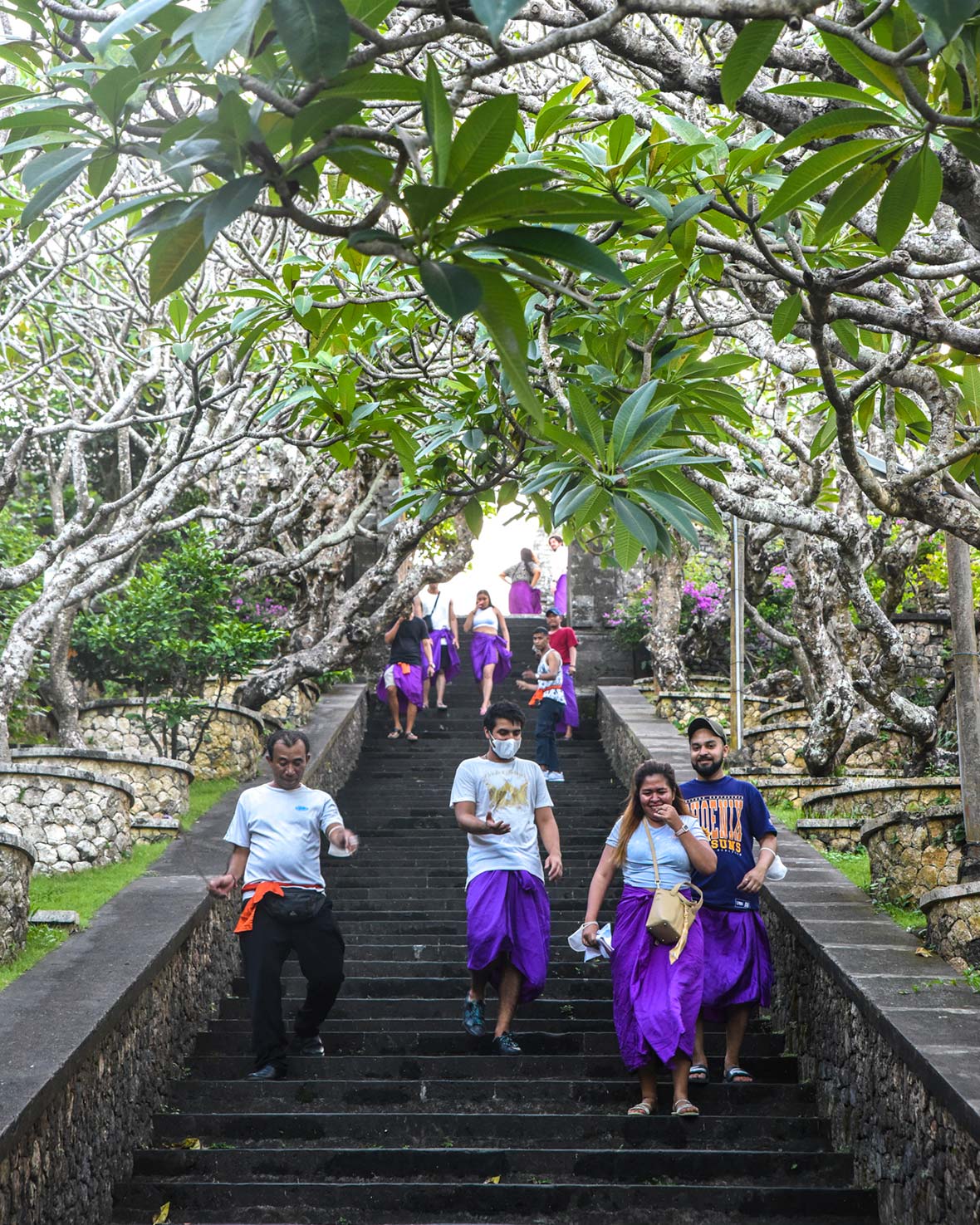
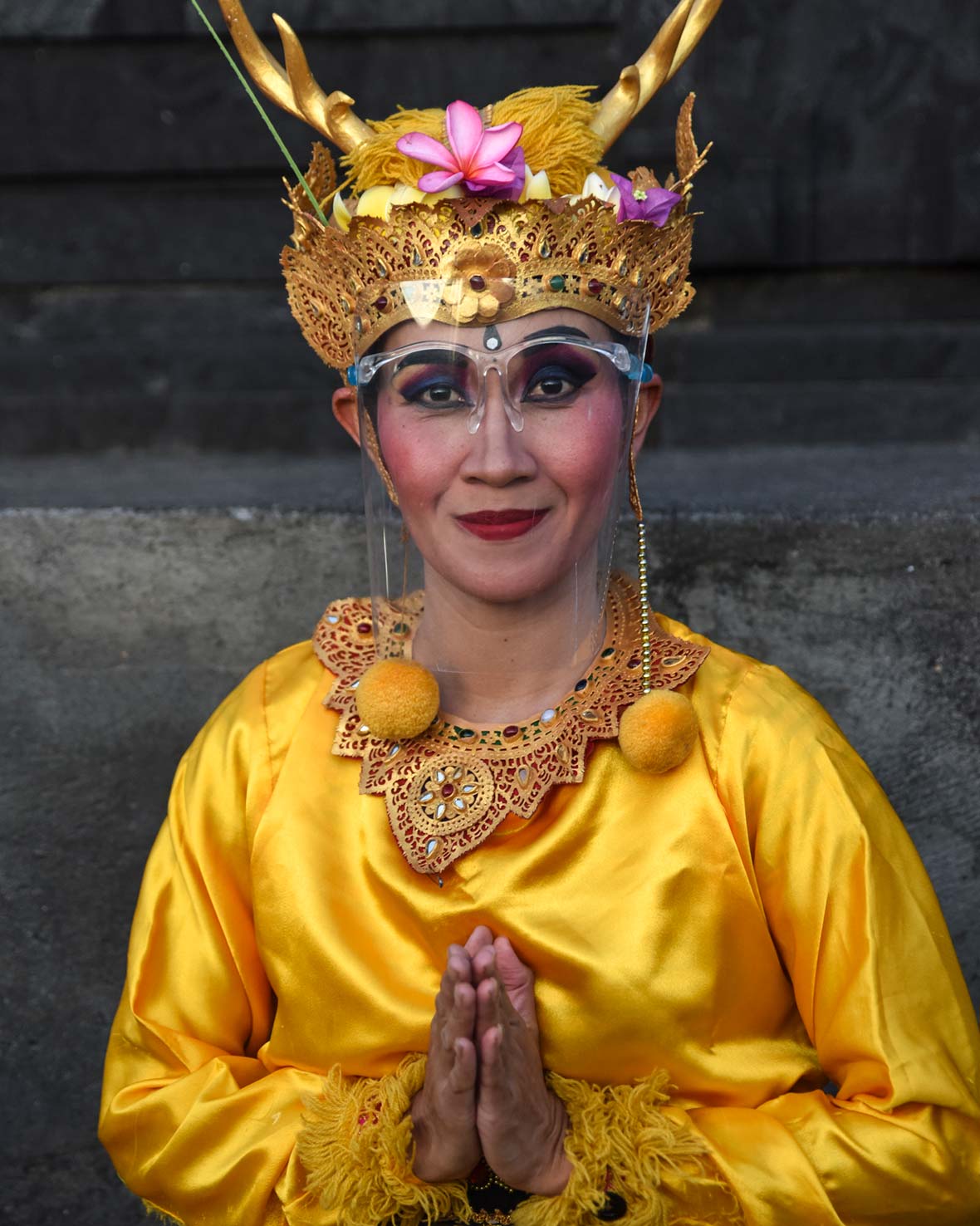
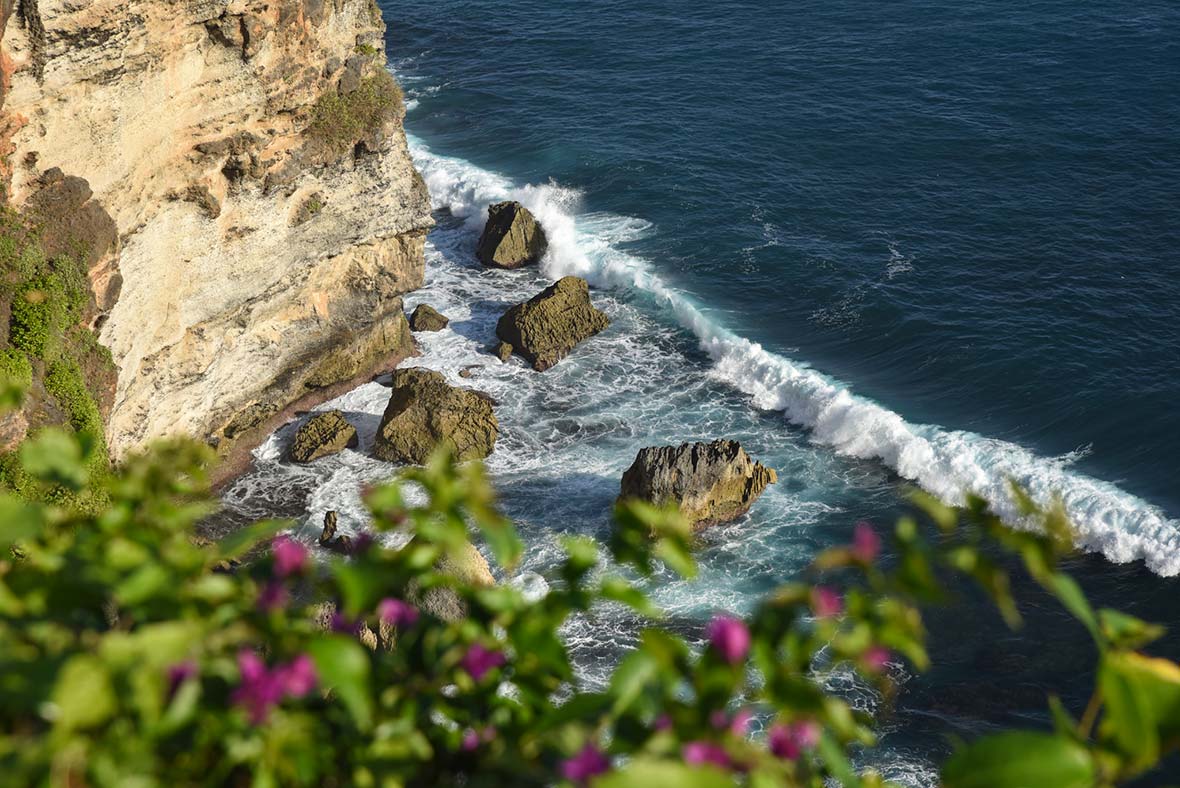
Few religious structures on the planet can own as dramatic a location as the Uluwatu Temple. Perched atop a 75m-tall cliff, it is surrounded on three sides by the Indian Ocean. Far below, waves crash on a rocky shoreline, their impact echoing up and into the grounds of this ancient Hindu temple.
Located at the southern tip of Bali, close to the luxury, oceanfront resorts of Nusa Dua and Uluwatu, this is one of the island’s most sacred sites. It is called a sea temple. In Bali’s Hindu mythology, the ocean is riddled with demons, and that is why Balinese homes typically are designed to face away from the sea and towards its peaks, the home of the gods.
Uluwatu temple, itself, is quite unremarkable. There are countless more across Bali, which are far more impressive in design, layout and scale. Yet it’s one of the most-visited locations on the island, with hundreds of tourists swarming this complex when I last visited.
Its magnetic pull derives from its extraordinary setting and famous Kecak fire dance shows. The latter are rollicking productions, performed several times a week as the sun slips from view behind the silhouetted temple. Regardless of the crowds, this event and the sunset ambience should not be missed.
Goa Lawah Temple
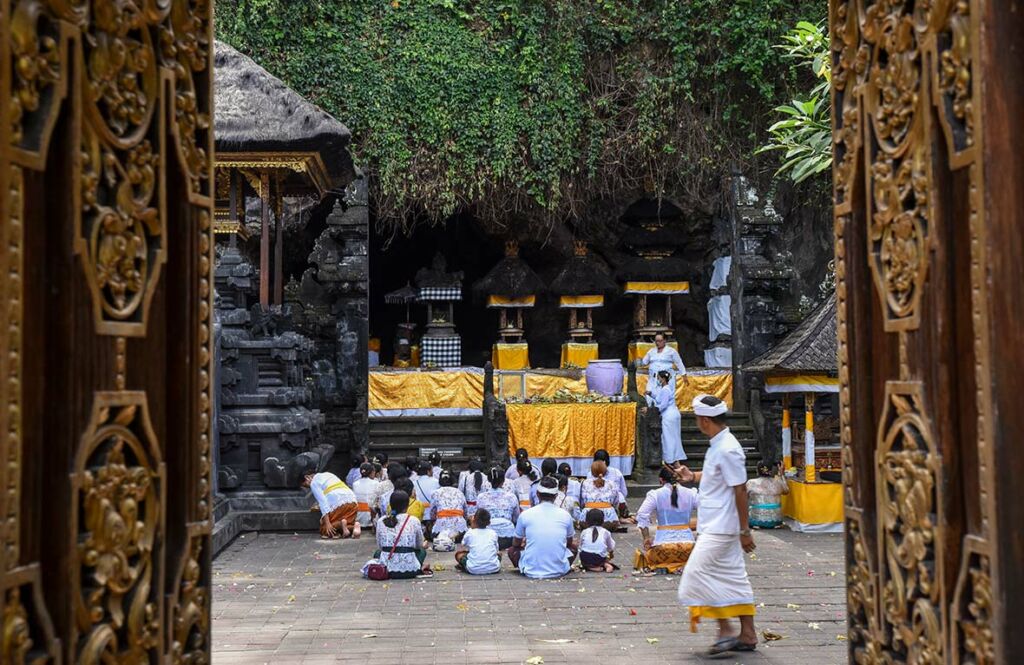
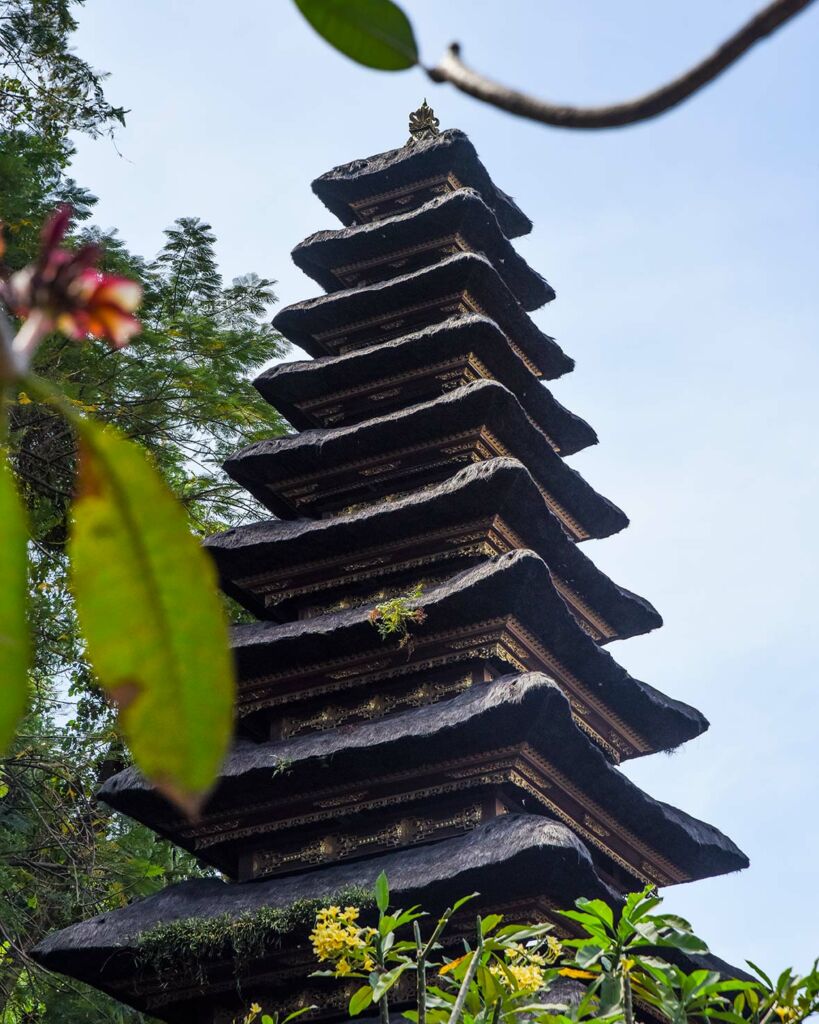
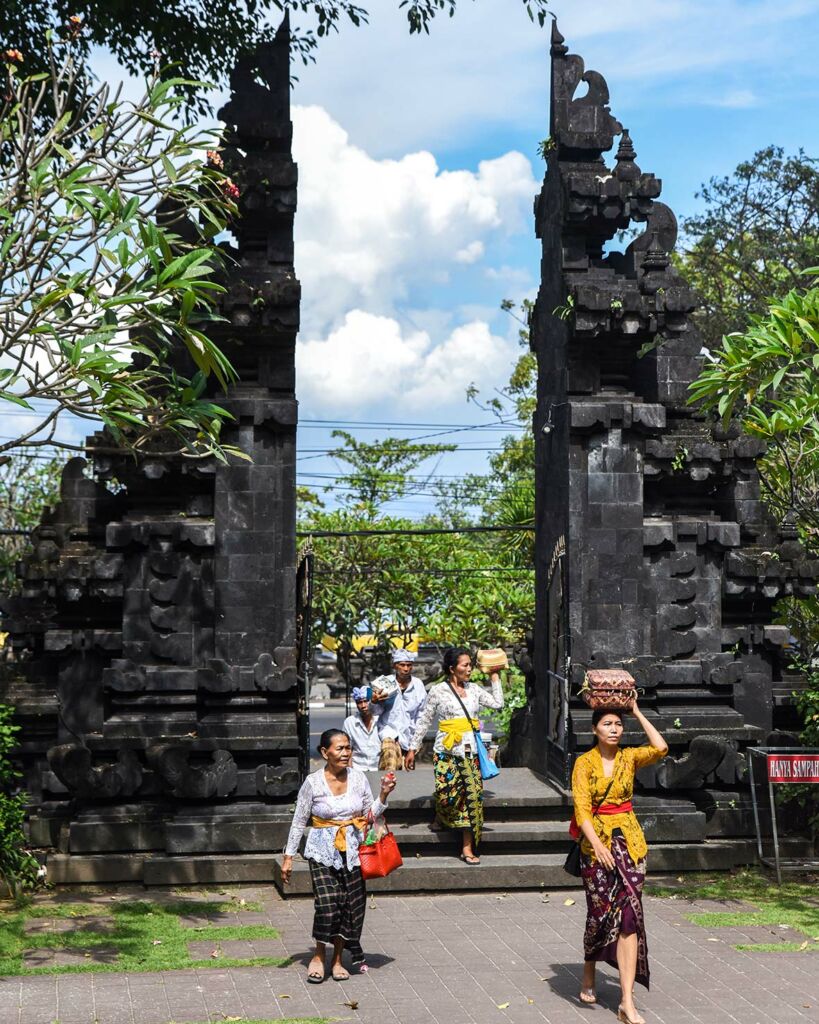
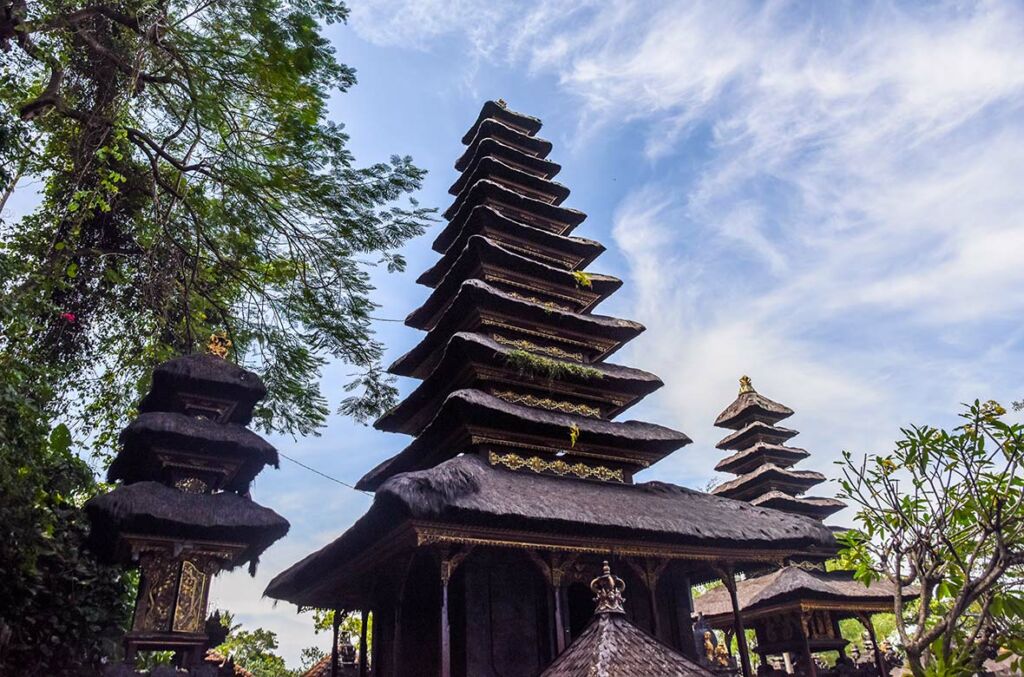
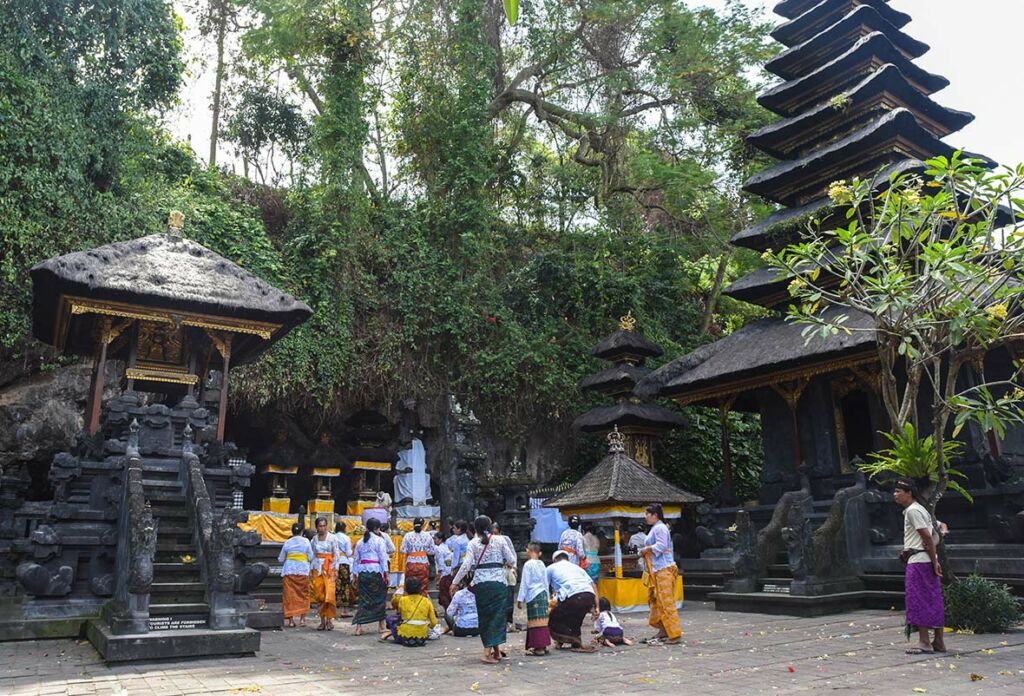
I was fascinated and perturbed by the Goa Lawah temple. Upon arrival, I was engrossed by its unique history, explained by a sign near its entrance, and then enchanted by the religious ceremony in its grand courtyard. Soon, however, my stomach turned when I encountered its chief inhabitants, after whom this temple is named.
Goa Lawah means “cave of bats”. Near the temple’s rear, I gazed into a darkened chamber to spot hundreds of these sharp-fanged creatures hanging from the ceiling. Collectively, they made a screeching noise that was unsettling.
Yet, once my initial repulsion waned, I felt enthralled by this unique sight and the sense of drama it added to an already memorable temple. All around me, other visitors seemed to be having a similar experience. They winced and recoiled, but stayed put, laughed and took endless photos.
More than 1,000 years old, this temple is located opposite Goa Lawah beach, renowned for its black sand. It is in the southeast of the island and, among the main tourist towns, is most easily accessible from Ubud, which is about 20km to its east.
Besakih Temple
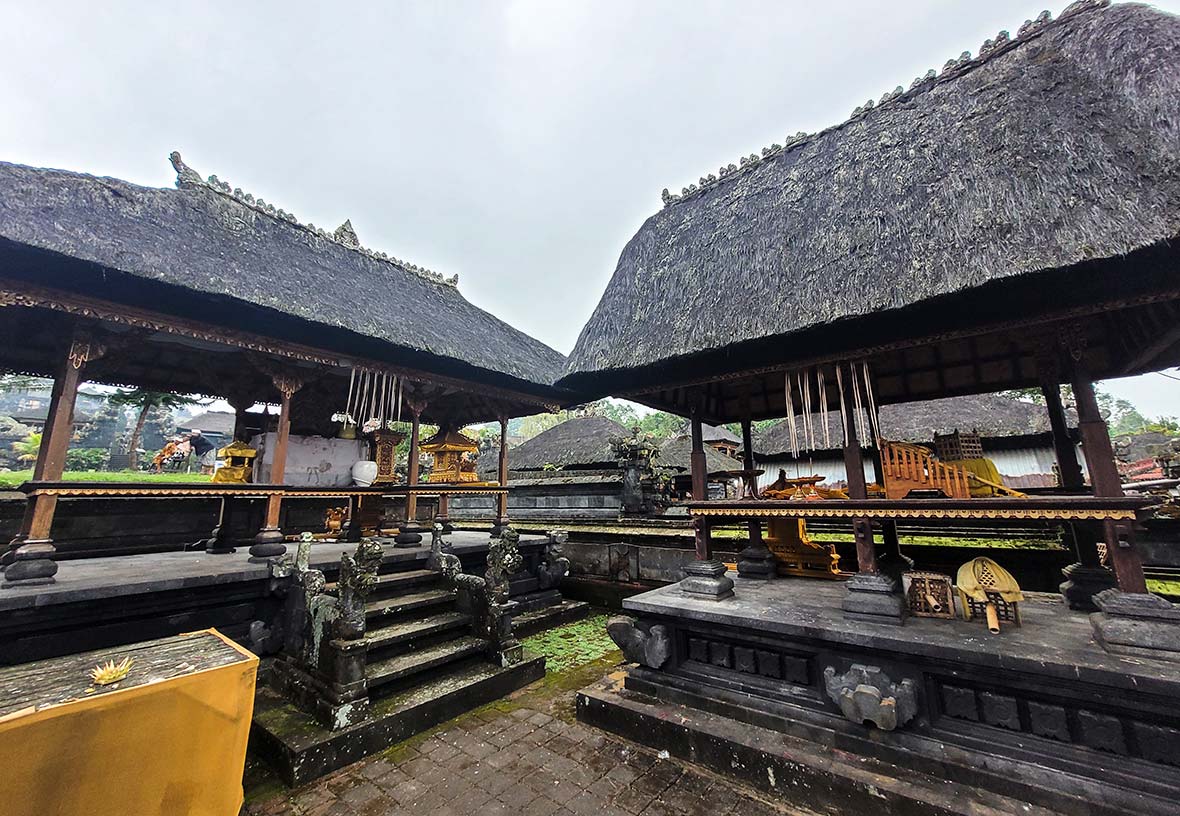
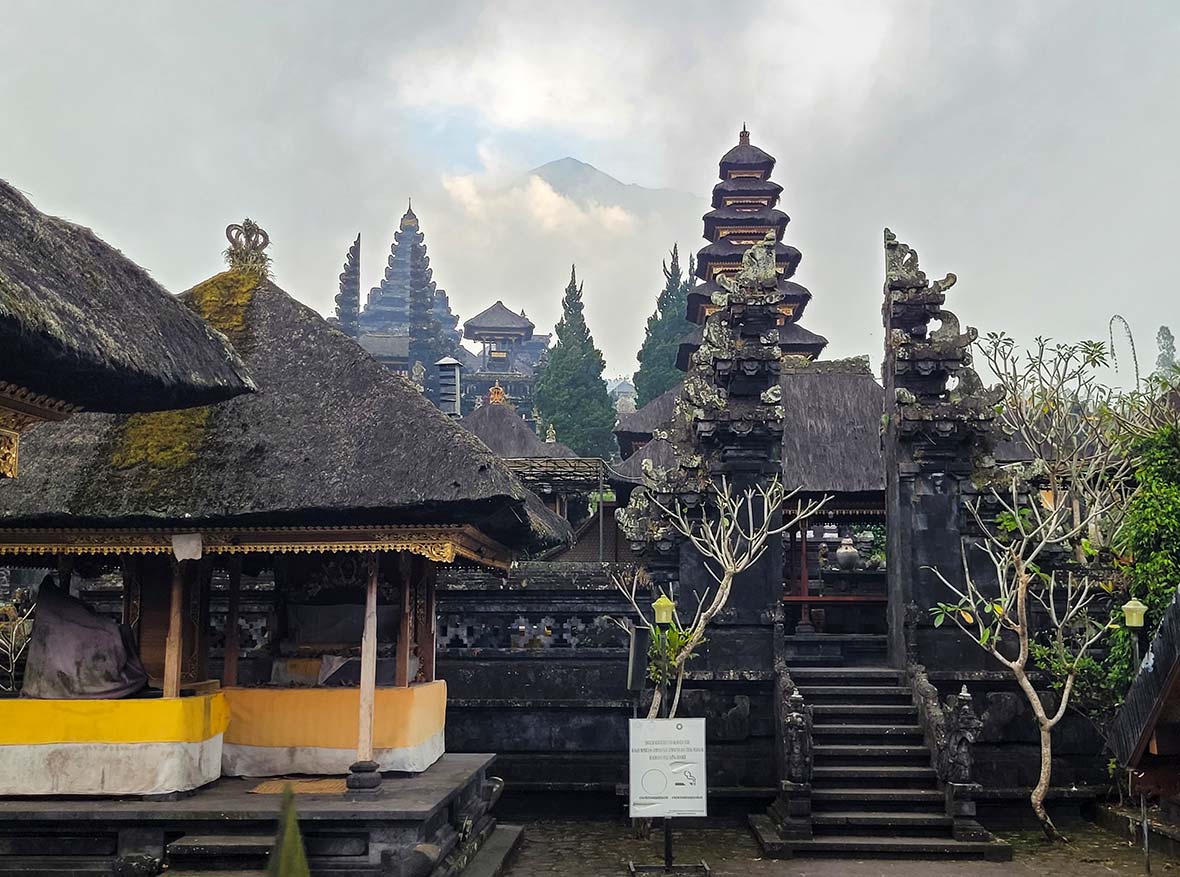
About 20km north of Pura Goa Lawah, along twisting, mountainside roads, is Bali’s reputedly Bali’s oldest and largest religious site. Also known as Bali’s “Mother Temple”, Besakih sits high on the slope of Mount Agung, offering visitors striking views over the island’s jungled interior.
It is so ancient that its exact age is not known. At a minimum, it dates to the 1200s. Rather than a single temple, it is a colossal complex of 23 Hindu temples. These buildings are decorated by some of Bali’s finest Meru towers, a majestic style of pagoda embellished by multiple eaves.
Tanah Lot Temple
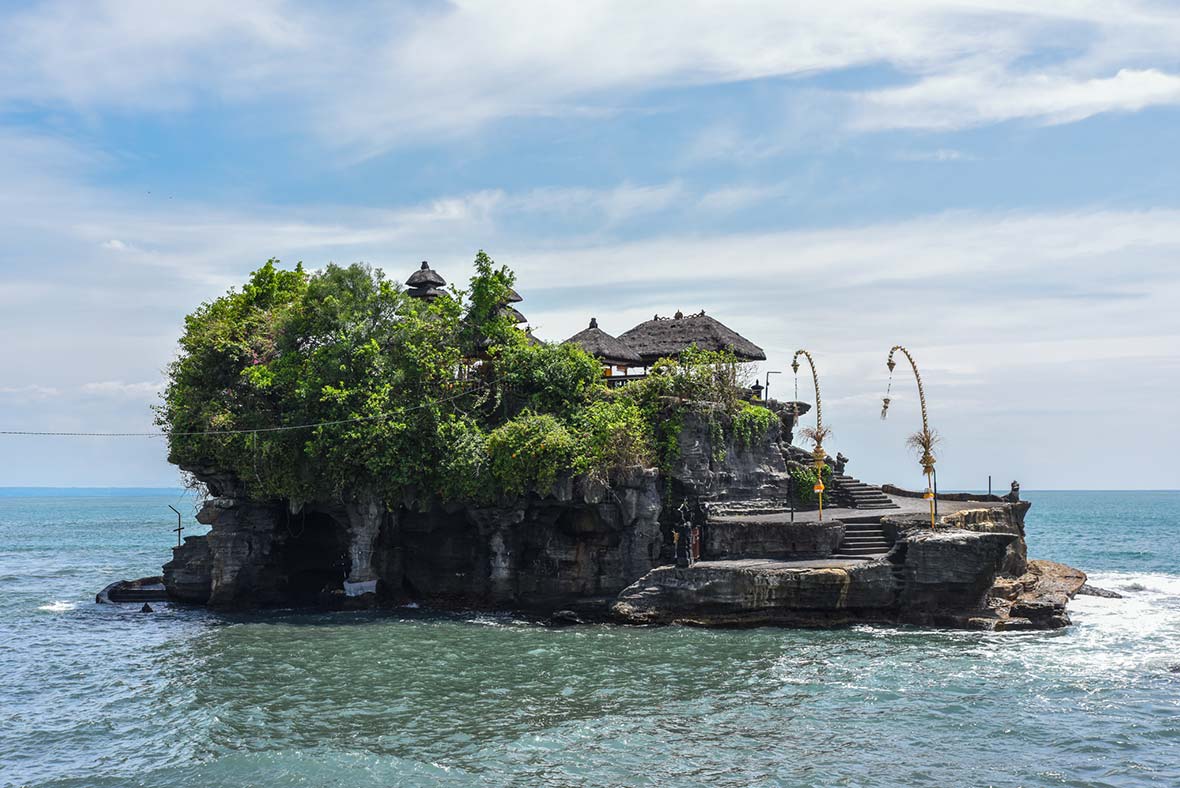
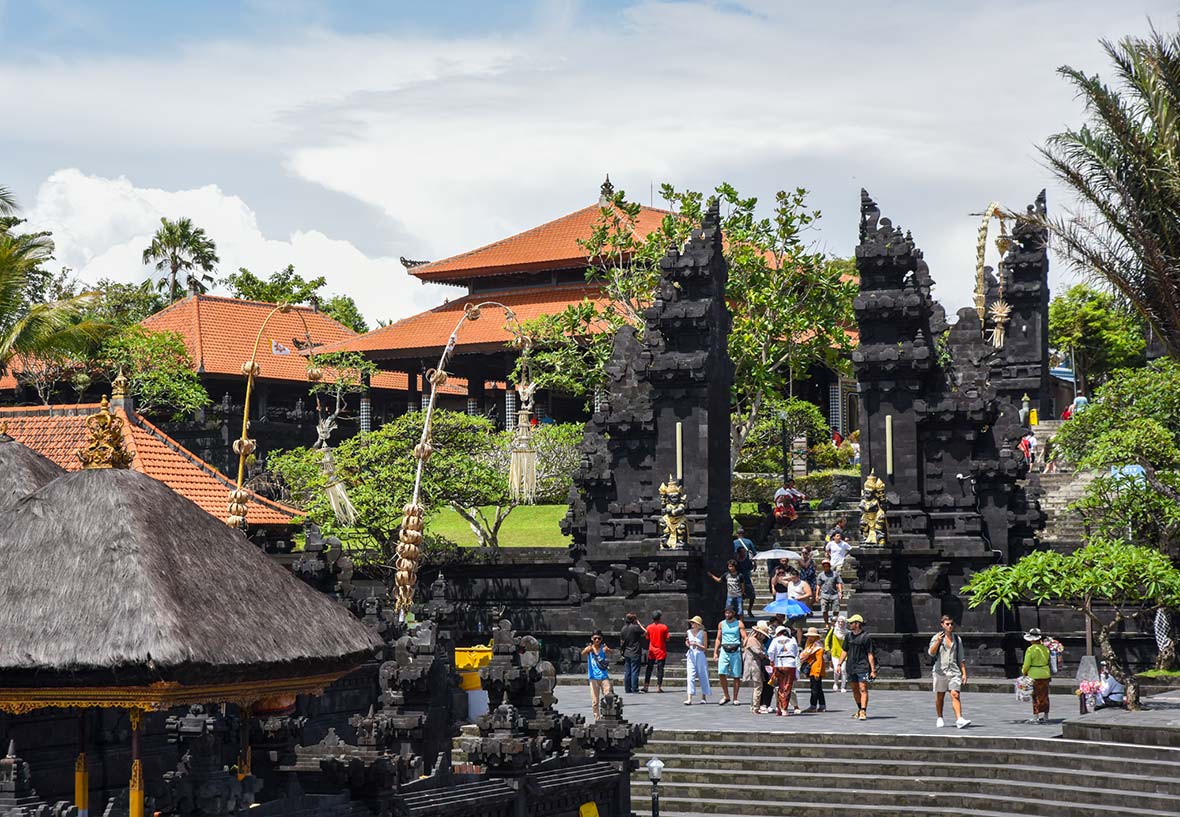
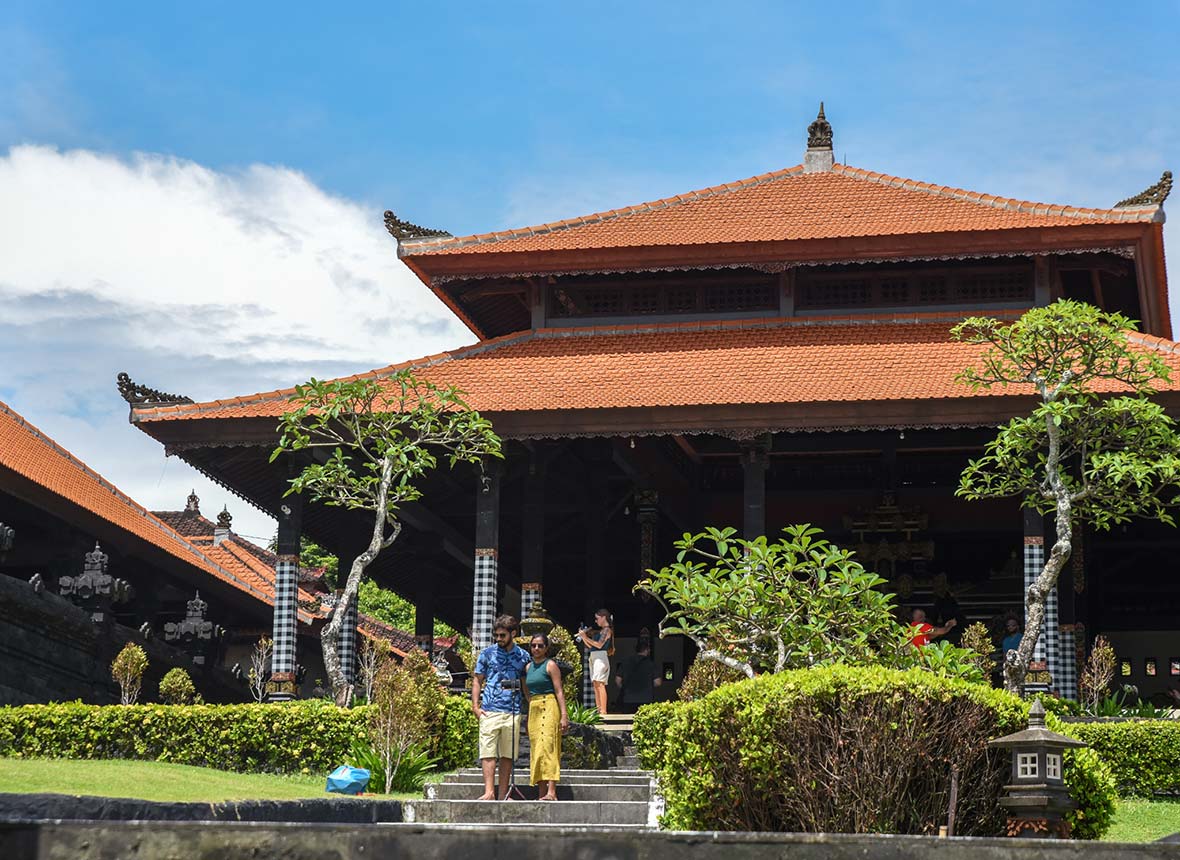
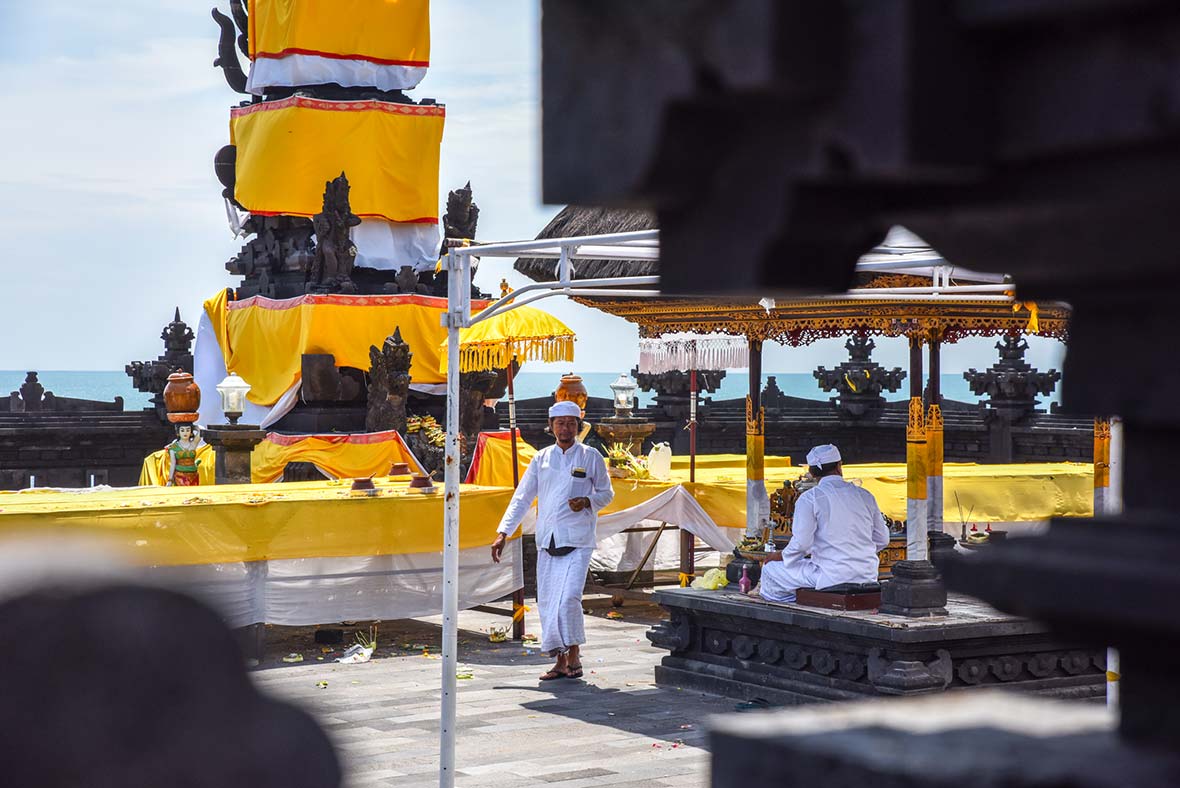
In southwest Bali, about 10km from tourist hub Seminyak, a small rocky outcrop sits just off the coast, continually washed by waves from the Indian Ocean. Despite being no more than 50m long and 40m wide, this islet hosts one of Bali’s most significant and most photographed sites. Dedicated to the deities of the sea, it dates to at least the 15th century.
Tourists cannot visit Tanah Lot temple. But at low tide, they can walk across exposed rocks to see the temple from its base, although this can turn into a bit of a zoo and is also dangerous due to the slippery surface. As it is located less than 100m from the shore, visitors can earn prime views of this Hindu place of worship, the finest of which is from the towering seacliffs just to its south.
Goa Gajah Temple
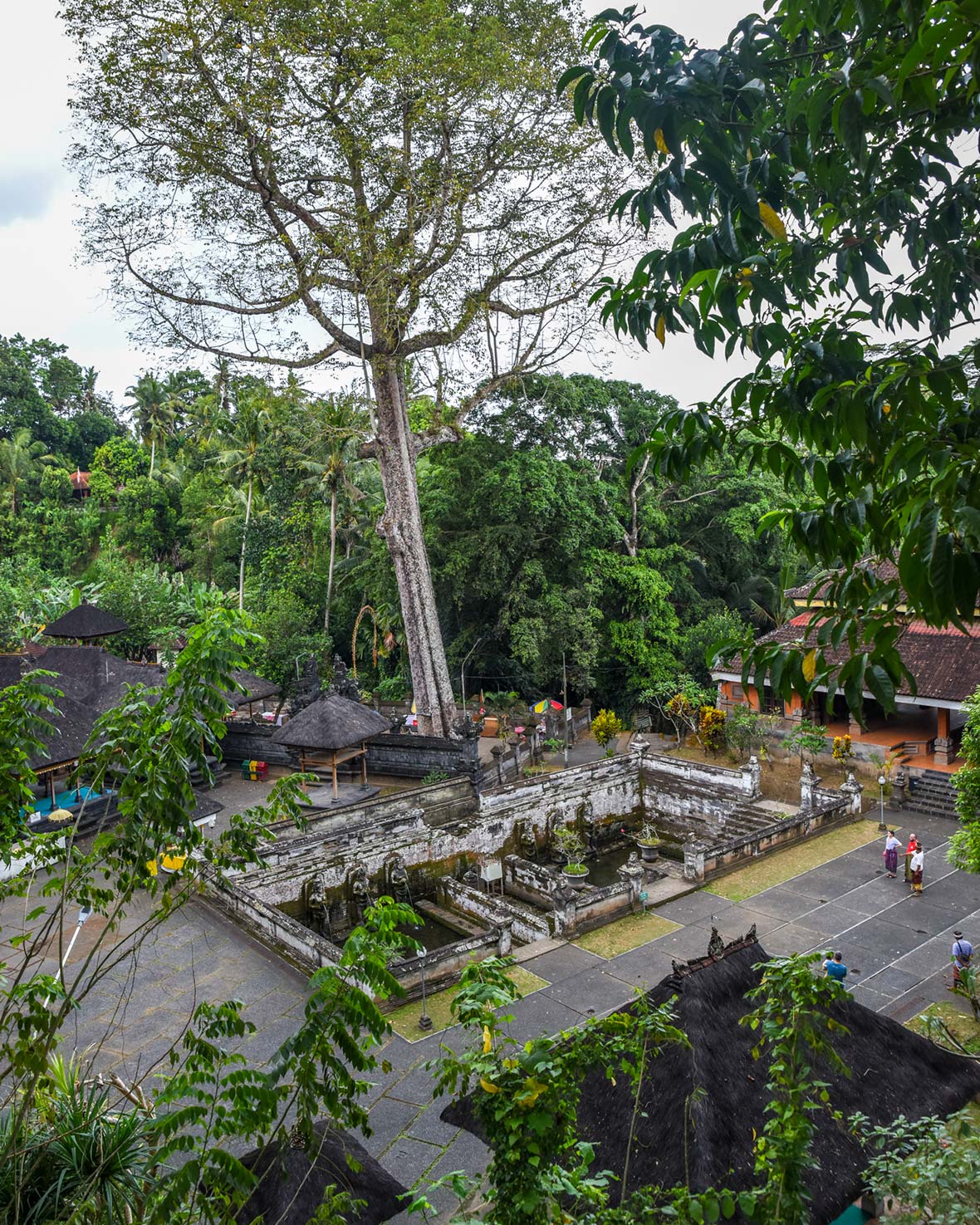
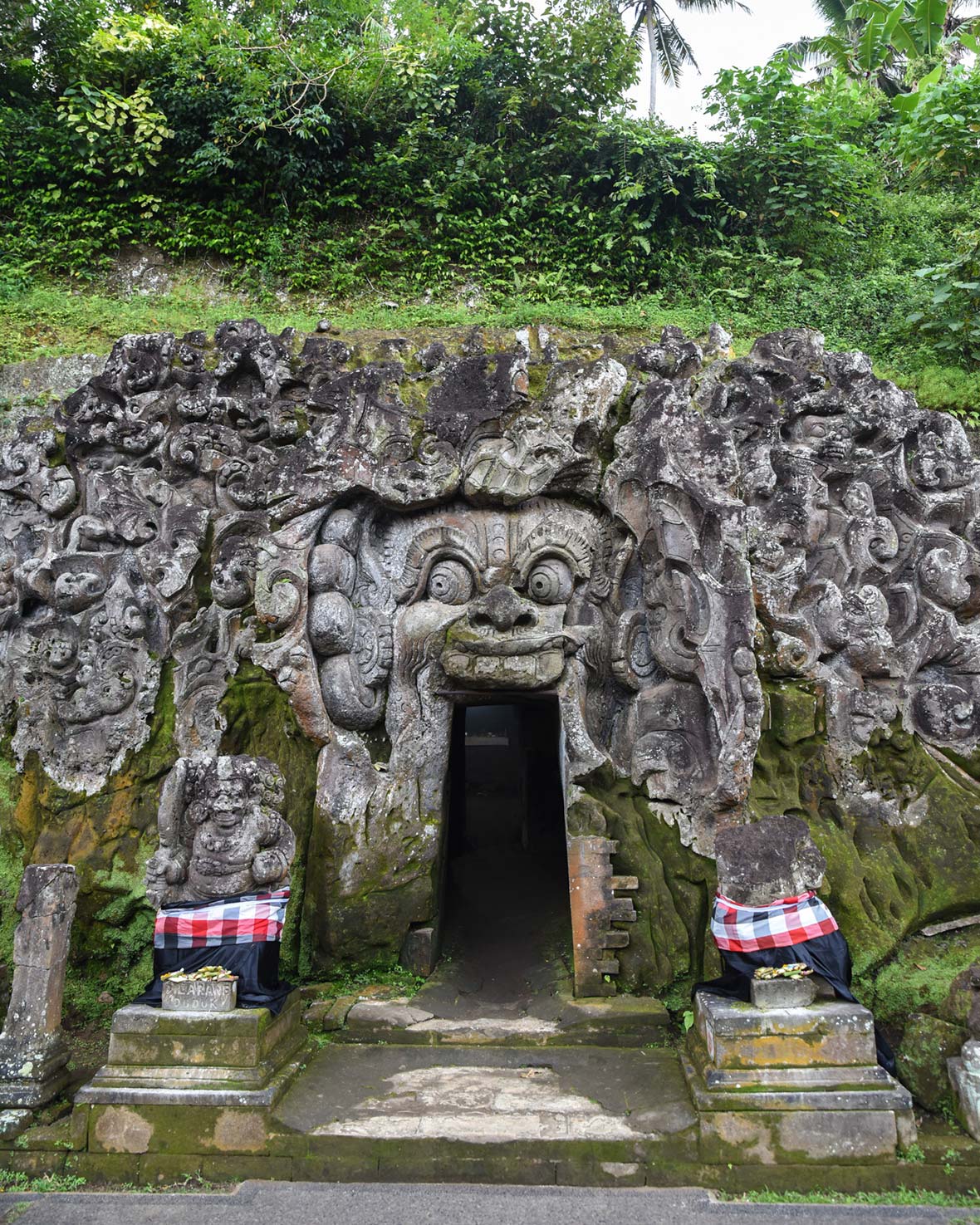
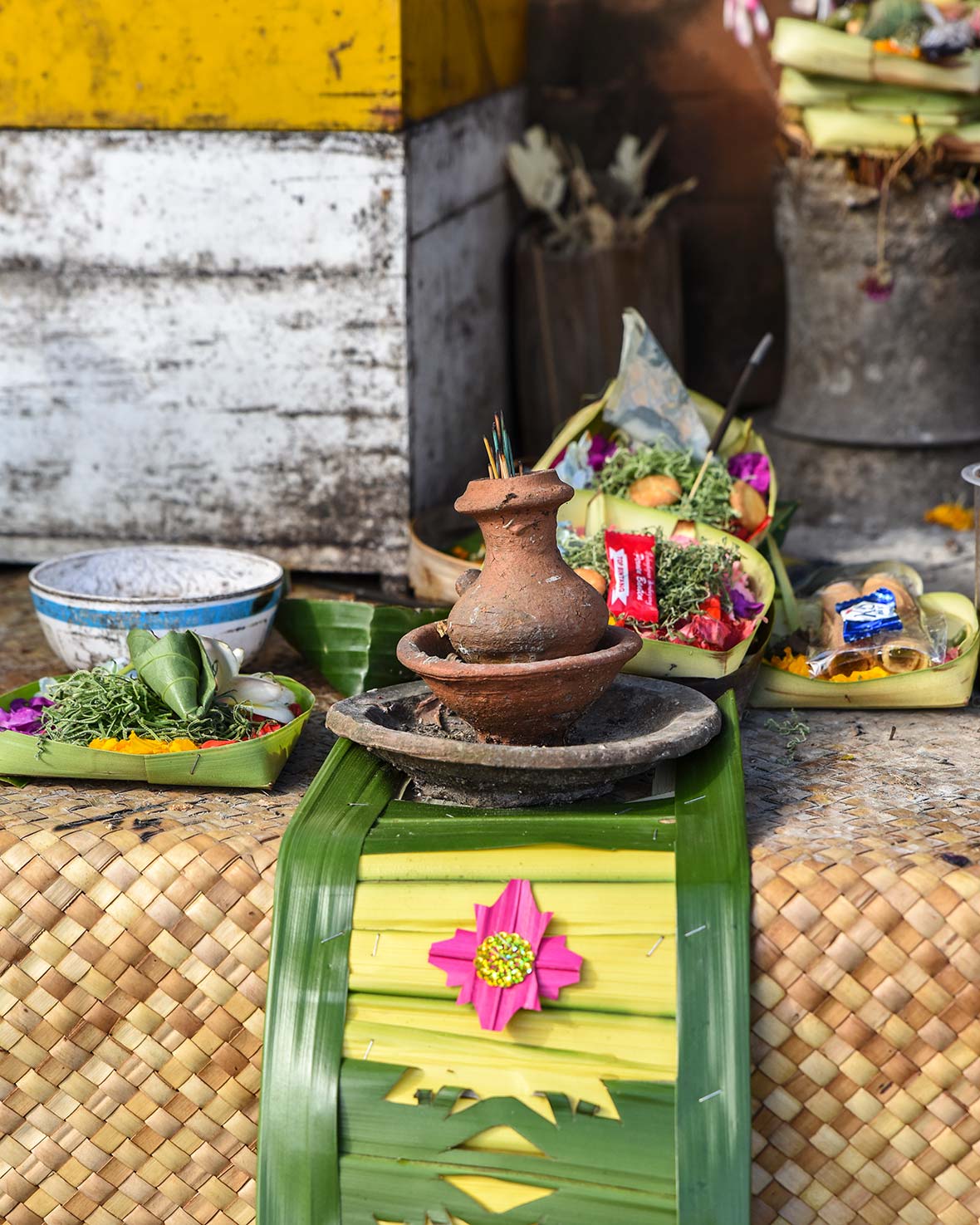
I stepped into the gaping mouth of a demon without hesitation. There were no cosmic repercussions, I just entered a musty chamber decorated by a small Hindu shrine. Believed to be over 1,000 years old, Goa Gajah is also known as the Elephant Cave temple.
Located on the eastern outskirts of Ubud, it’s become increasingly popular in recent years due, it seems, to the social media appeal of that demon figure, carved into a rock face intricately. Beyond that, Goa Gajah is magnificent.
Visitors first glimpse it from an elevated perch, before descending to this wonder. A solitary, colossal tree hangs over its twin ceremonial bathing pools, each beautified by stone carvings of Hindu figures. And there’s no need to fear its demon, which is not a threat, but instead is tasked with warding away negative spirits.
